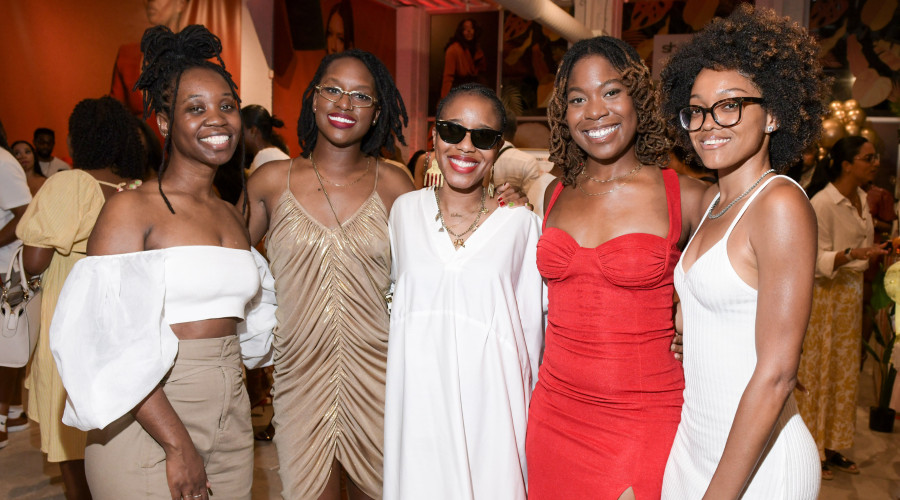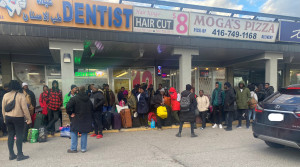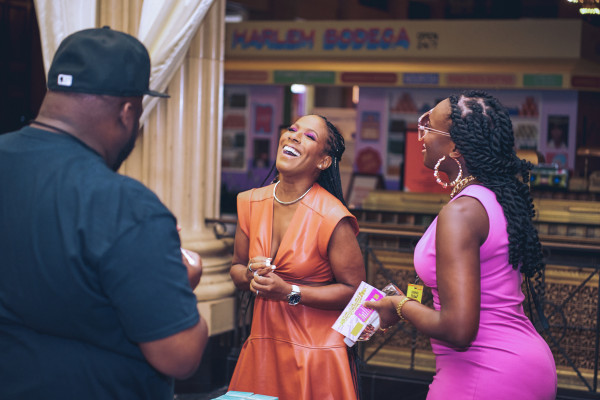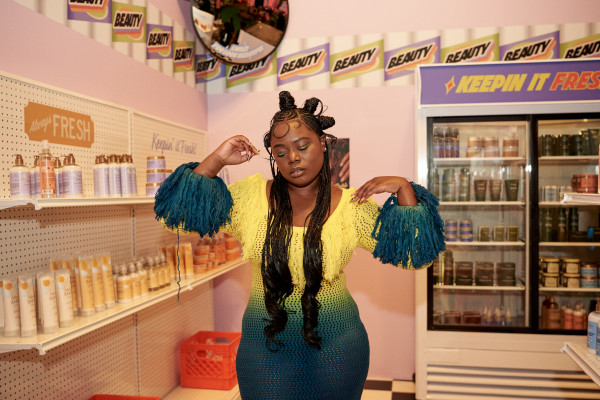After the murder of George Floyd in Minneapolis, Minnesota in May 2020, organizations and industries acknowledged everything from the mere existence of racism to the lack of diversity within their own ranks, pledging to do and be better. It became standard to speak up and offer support to Black folks in the form of grants, donations, and employment opportunities.
{https://x.com/IGN/status/1813288935386165676}
But over the last few years, companies like Microsoft, Zoom, and Lyft have either eliminated or downsized their DEI teams, much to the disappointment of internal staff and champions of diversity, equity, and inclusion.
The fashion and beauty industries were among the first to pledge support in 2020. Canadian brands like Brunette The Label and Nudestix announced they were donating to Black Lives Matter and the NAACP and creating new scholarships and business grants. Most pledged a one-time financial action with promises to listen, learn, and do better — and while they may have the receipts for the former, we can’t be sure of how well they’ve accomplished the latter.
“The majority of brands have essentially gone back to factory settings and I can't say I'm surprised,” says journalist and beauty expert Kayla Greaves. “These changes were made very reactively back in 2020 — mainly because if they had not shifted, it would have affected their bottom line. Companies run on money, not morals.”
The beauty industry has always had a complicated relationship with Blackness. Toronto-born actress and filmmaker Andrea Lewis’ docuseries The Black Beauty Effect covers the history, present-day realities, and future hopes for that relationship, particularly with Black women. “I really love the [beauty] industry and I never felt like I saw anything that reflected the way my friends, family, the Black women in my life felt about their own beauty,” shared Lewis. “They loved their hair, their skin, their makeup, and they were finding a way to express themselves despite what the media tries to make us believe. All of this lived in my head for years and I knew that I wanted to see a series that celebrated Black beauty.”
While Canadian statistics are difficult to determine, the NIQ stated that in 2023, the U.S.-based Black beauty consumer spend hit $9.3 billion dollars. “I think at this point there's nothing more to explain to brands,” shares Greaves. “Black women are one of the highest spending groups, if not the highest, in the beauty category. Wouldn't you want to tap into that market? It's just smart business-wise.”
So, who is really tapping in? While researching this piece, it was difficult to find Canadian beauty companies that have continued to amplify Black communities in 2024 in the form of funding and/or opportunity.
200 CEOs of Canadian companies signed on to the BlackNorth pledge in 2020. Our email correspondence to the BlackNorth Initiative went unanswered.
Internet searches revealed lists of brands who made pledges in 2020, but in 2024 many lack a DEI page on their website. Some brands have maintained DEI efforts, though, like Deciem’s 5-Year DEI Roadmap.
Beauty industry insiders and influencers we spoke to struggled to name a handful of Canadian beauty brands who are still supporting Black communities, noting that their brand interactions only explicitly recognize Blackness during Black History Month.
Of the suggested brands that did come to mind, two names were consistent: SheaMoisture Canada and Sephora Canada.
2024 marks the third year of SheaMoisture Canada’s Dream Fund, which rewards five Black female entrepreneurs with grants of $10,000 each. The Dream Fund is part of a purpose-driven model that the brand champions, aiming to help close the racial wealth gap and amplify Black women who are scaling their own businesses. “We are very keen on investing in the richness of Black businesses and specifically creating access to new possibilities for Black female entrepreneurs as they scale their ventures,” shared SheaMoisture Canada’s Marketing Lead Maureen Kitheka. “There's so much to be done to ensure that they are empowered to keep thriving, and we are proud to be doing our part.” This year’s grant winners include businesses like plush doll brand Zuri and Dre, and financial literacy organization Finance For The Culture.
SheaMoisture Canada also maintains a presence in the community through a number of events. This summer’s Shea Summer Salon invited attendees in Toronto to enjoy a complimentary hairstyle using the brand’s extensive line of products. The brand has also run a series called Shea and Champagne in Toronto and Montreal which brings Black women together to connect through networking and panel discussions led by Black women entrepreneurs.
Similarly, Sephora Canada has committed to dedicating 25% of its brand offering to BIPOC-owned brands by 2026 (per Canada’s 2016 Census, visible minorities make up 22% of the population). This commitment was announced in 2021 as part of the Fifteen Percent Pledge, which began in 2020. The Fifteen Percent Pledge is a non-profit organization founded by Canadian designer Aurora James, who challenged major US retailers to dedicate 15% of their shelf space to Black-owned companies, as Black people made up 15% of the US population in 2020. Over 28 retailers joined the pledge, which has redirected $14 billion dollars in revenue to Black brands. With last year’s introduction of a Sephora Beauty Grant of $100,000 given to a Black beauty brand owner, the brand continues to show its commitment to Black entrepreneurs and consumers.
So, where do we go from here? Time will tell how support will shift towards or away from Black communities. But one thing Black consumers always have control over is where we spend our dollar. “With the market being as saturated as it is, Black consumers can pick and choose where they want to shop,” says Greaves. “We don't have to support any specific brand out of necessity, so we're going to choose the companies that choose us.”
If social impact and equity are important to Black shoppers, it’s important for us to pay close attention to what companies are offering our communities aside from products on shelves.
Especially in the beauty industry, we remain at the forefront of the trends and techniques that drive the industry. Who is taking from us, and who is giving back?

 By
By 








